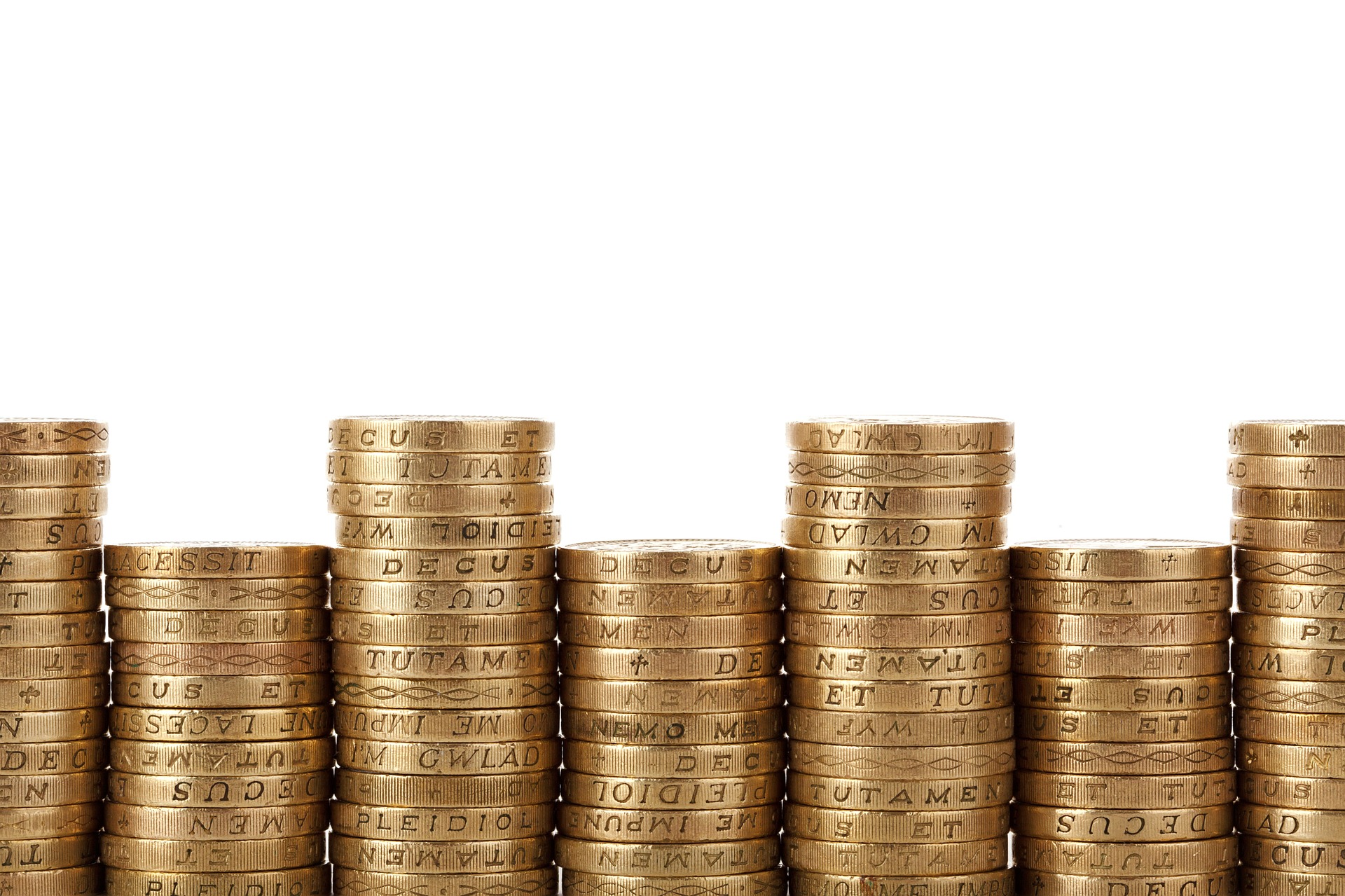What is the mid market rate?
The mid market rate is the mid-point between the buy and the sell prices of the two currencies to an exchange rate – what the buyer is prepared to pay and what the seller is prepared to sell for. It is also known as the interbank rate.
A genuinely applied mid market rate is universally regarded as the most transparent and accurate foreign currency exchange rate reflecting real time movements in the currency markets.
Banks and brokers habitually apply a “spread” to the mid market exchange rate, which is effectively a hidden charge that amends the quoted rate.
One of B2B Pay's objectives is transparency regarding the exchange rate. We offer companies the ability to execute trades at the mid market rate by cutting out intermediation.
An example of a mid market rate is that, if the buy rate is 2 and the sell rate is 1.5, the mid market rate would be the average of both: 1.75.
Exporters entering the world of electronic payments and Virtual Bank accounts will need to learn a lot of new terms in order to navigate successfully through to automating payment systems and unleashing the full potential of currency exchange services. More than accepting payments from customers around the world in their own currency, exporters can enjoy the benefits of being on the cutting edge of financial transactions in the electronic world.
Mid market exchange rate for exporters
For those successful exporters who enjoy a robust and intelligent POS system once removed from their own direct duties, a B2B Pay account can be more than a virtual bank account. It can assist you by automating the duties of sending out invoices and collecting fees including late charges and interest. Those who wish to export to Europe can use the financial technology available to them through a virtual banking service in order to lower costs as well as save customers exchange rate fees. Suddenly being paid in a foreign currency can be an everyday situation with your virtual bank, rather than a daunting process involving wire transfer and exchange fees. This is because B2B Pay and other virtual banks are technology based rather than relying on vaults of funds in brick and mortar buildings with hundreds of employees who need to be paid.

Spread
The difference between the buy and sell rates is known as a spread. Financial spreads occur in industries such as the stock markets, currencies, and other financial markets. A simple example of spread is the difference between the buy and sell price when going from one currency to another. For instance, to buy one Euro you may have to spend 1.16 USD but when you sell one euro you only get 1.10 USD. This means the spread is 0.06 USD, or 5.3%.
The mid market rate in this case would be 1.13 USD, this is also called the "real" currency rate. While it is often expressed in percentages, the spread is still a part of financial accounting and costs of business. Your company can avoid absorbing those percentage costs via a virtual bank account such as B2B Pay.
Currency Exchange
When an importer pays in their local currency through their local bank, an exporter will get the exchange rate set by that local bank. This is generally at least 2% from the mid market rate, but it can also go over 6% for many currencies (for example the Indian rupee).
Using a virtual bank account from B2B Pay the importer makes a SEPA payment inside Europe and the exchange rate is defined by B2B Pay, which will give the exporter a rate of 1% from the mid market rate.